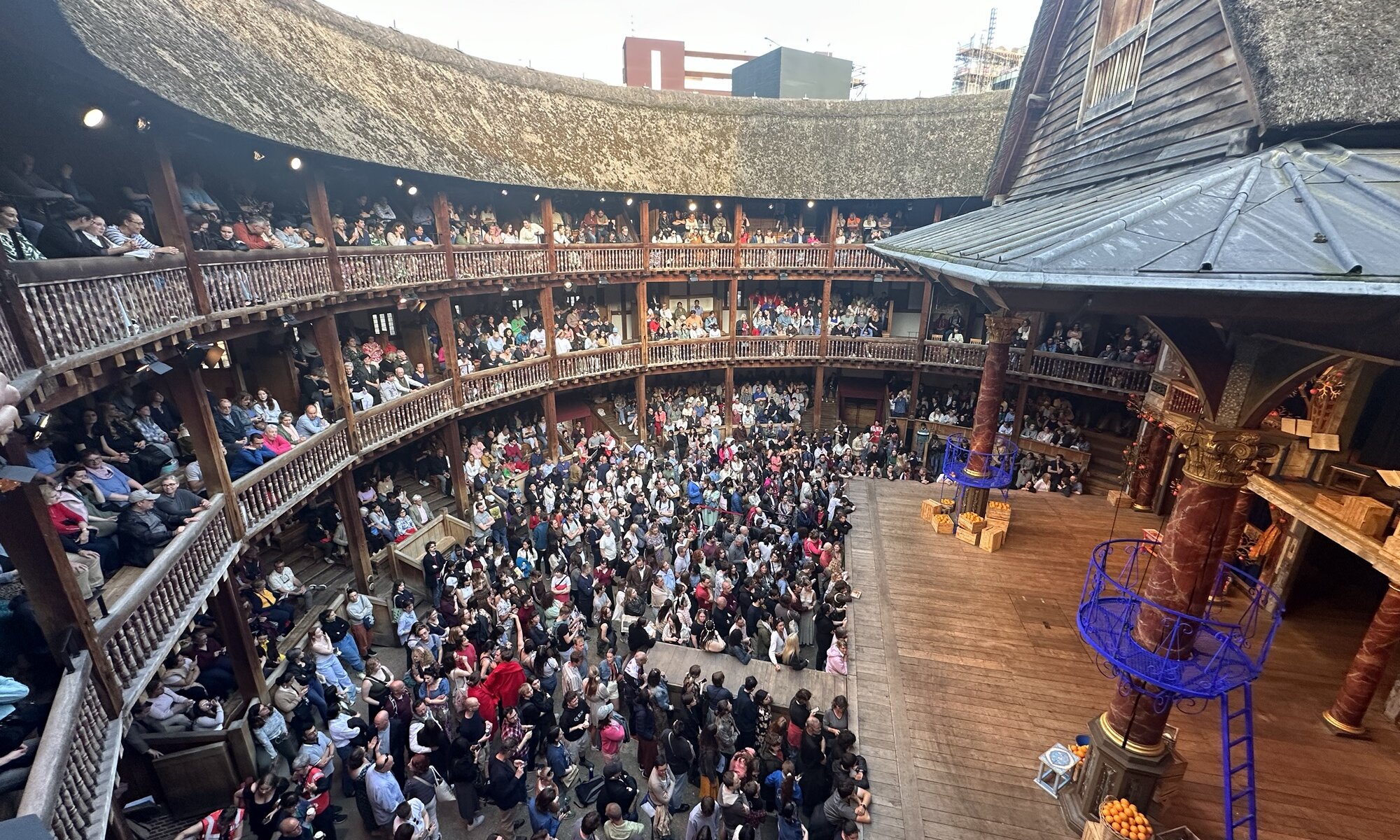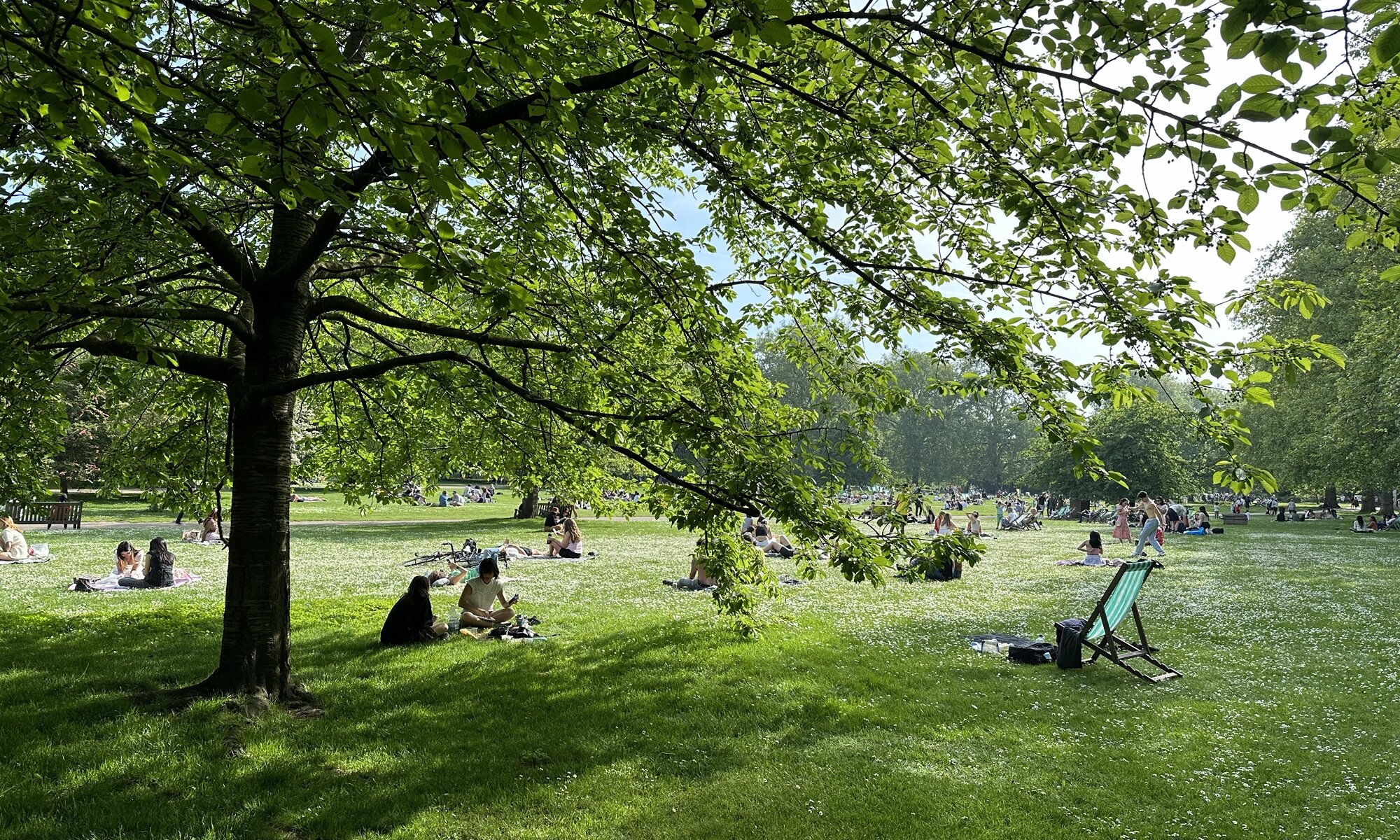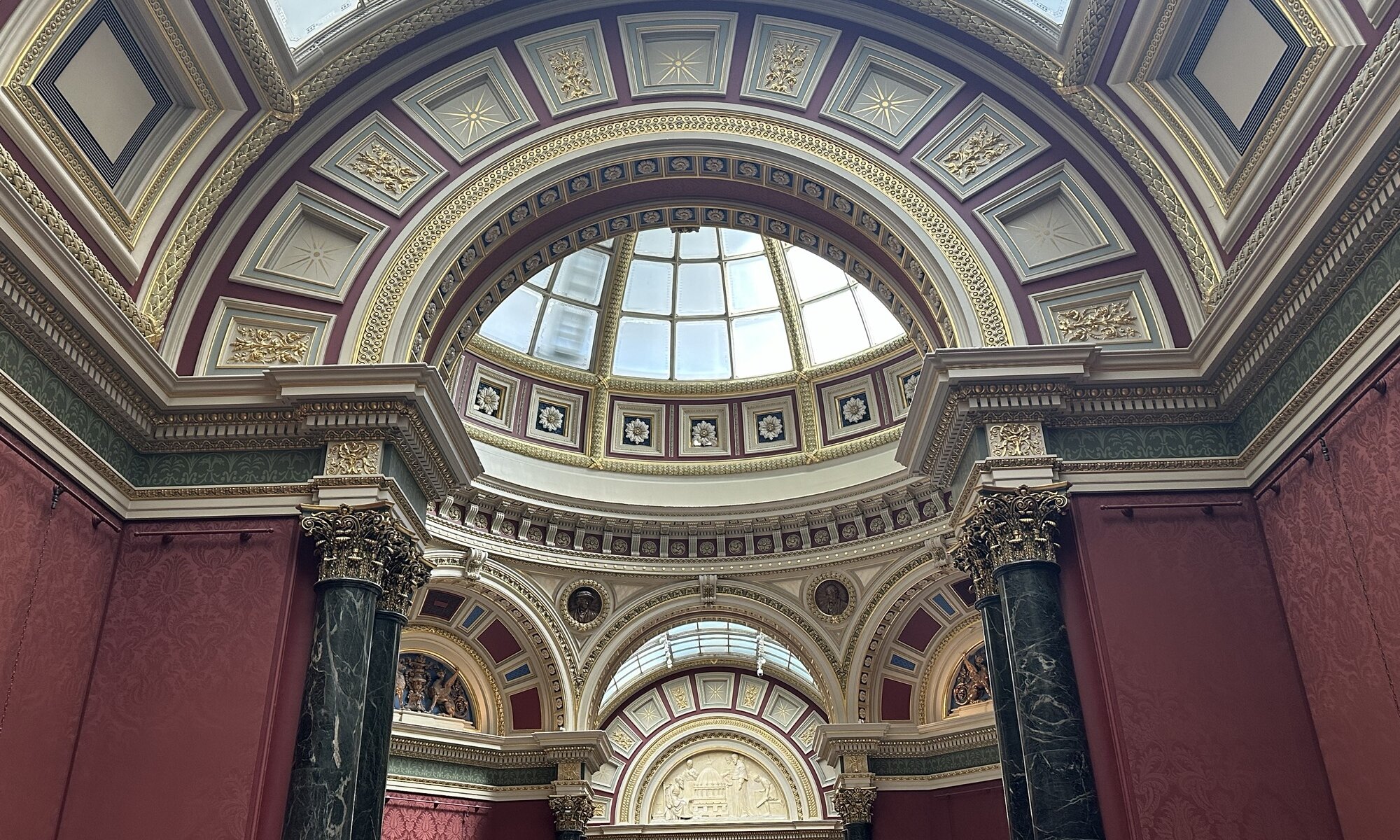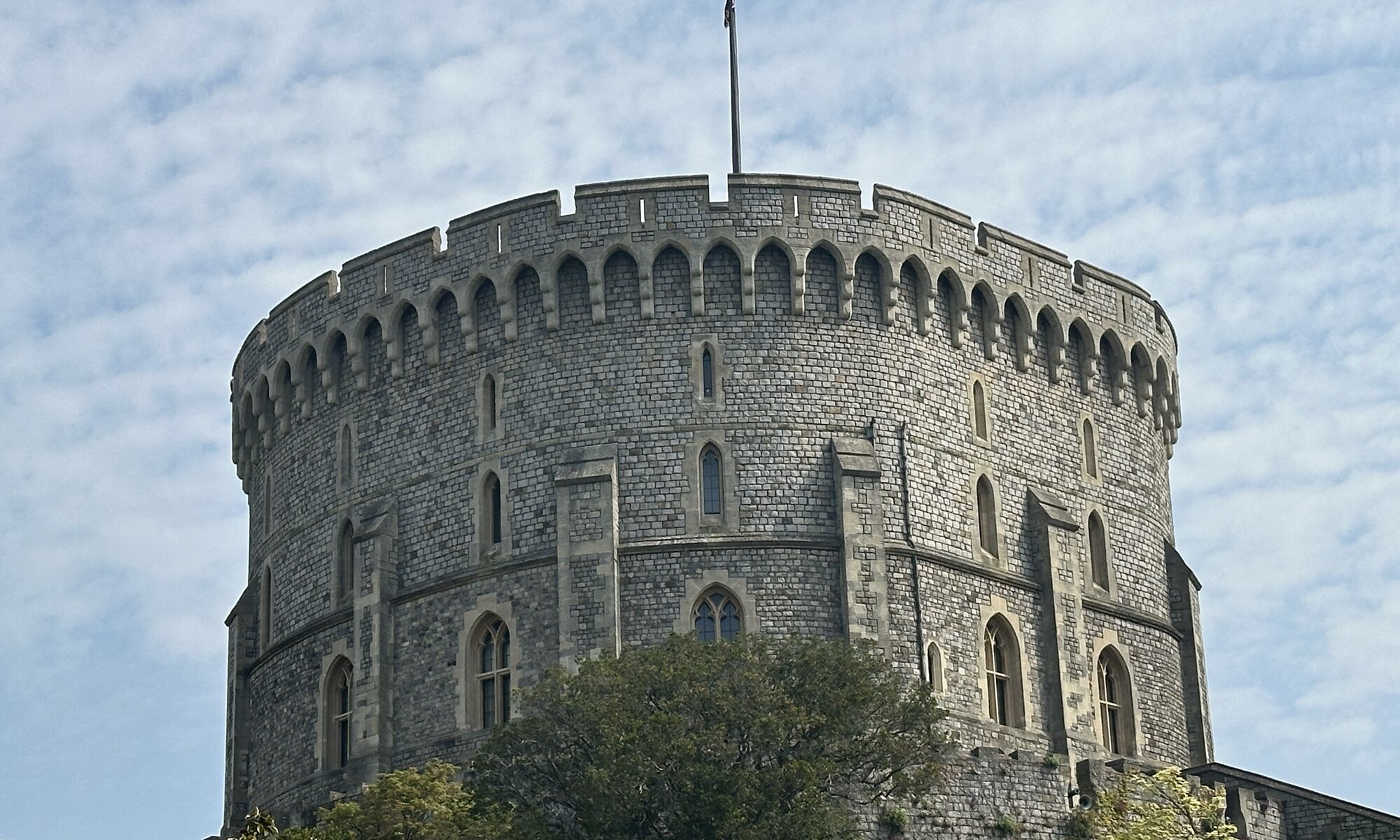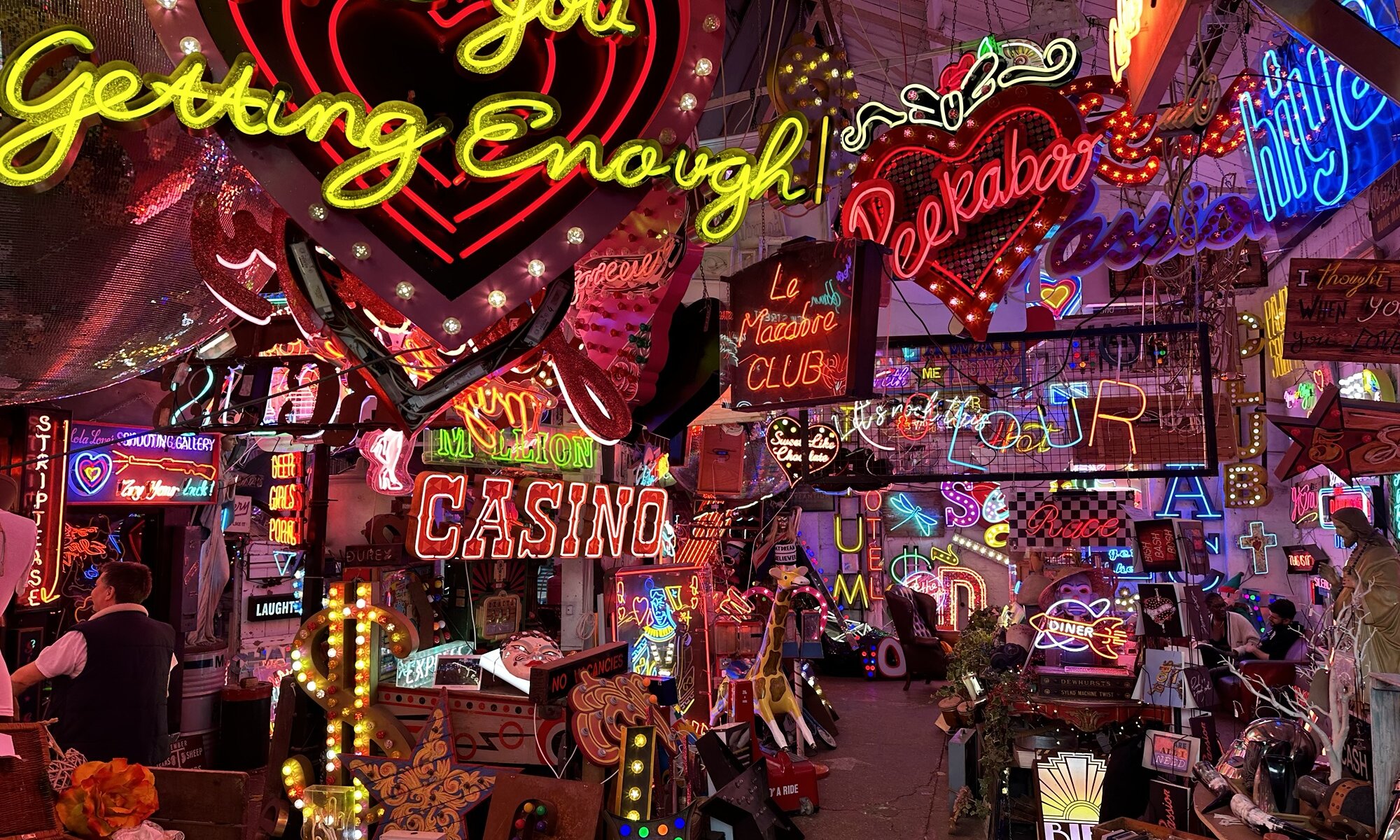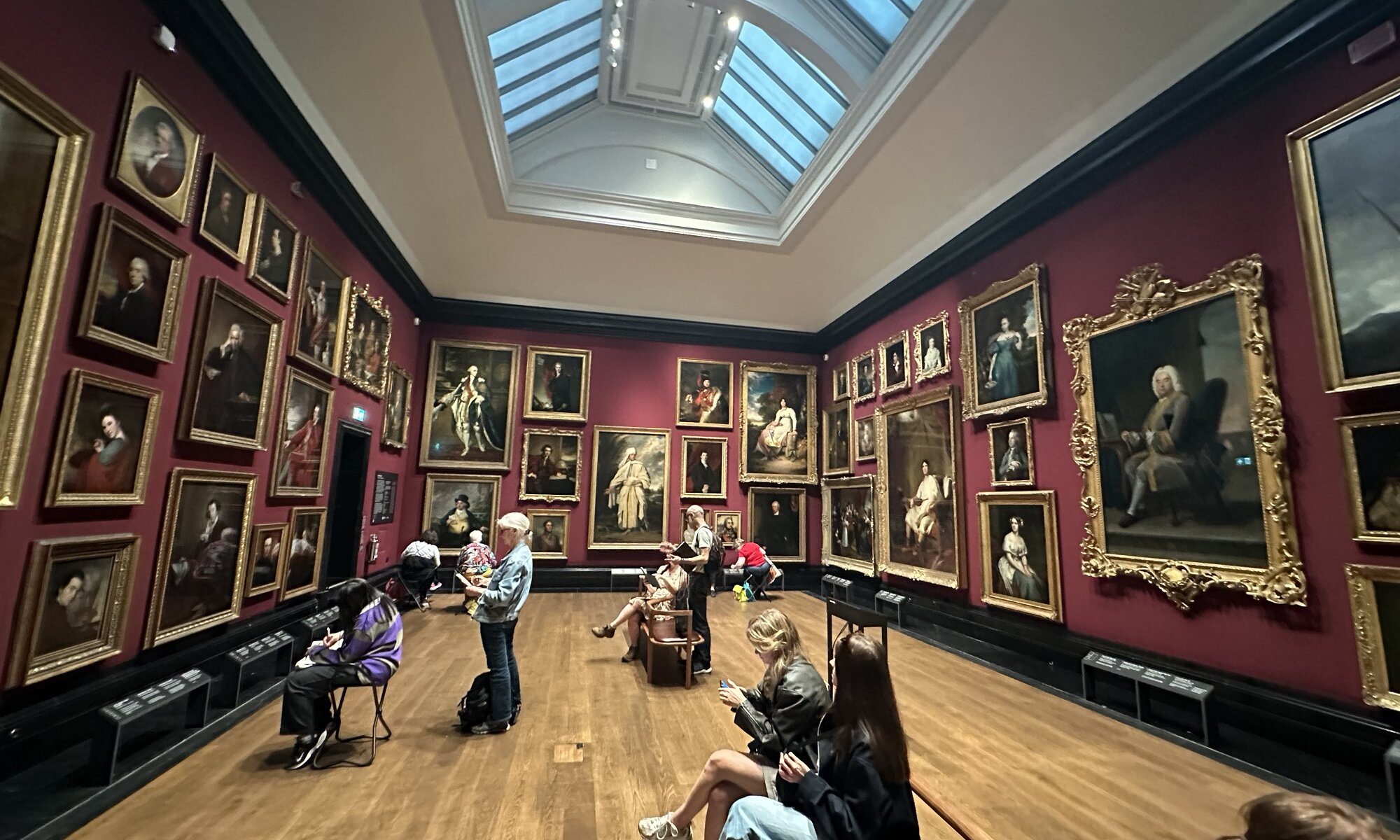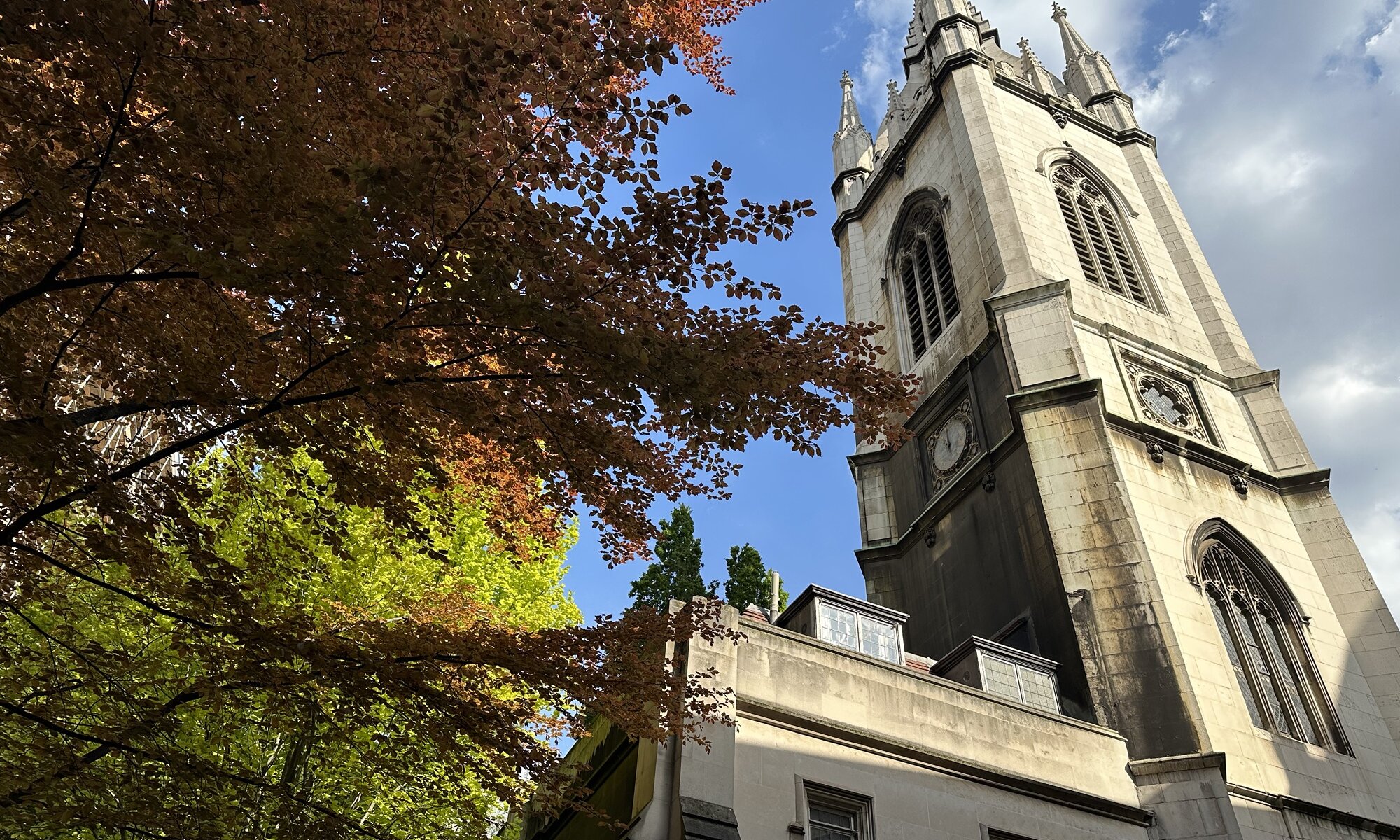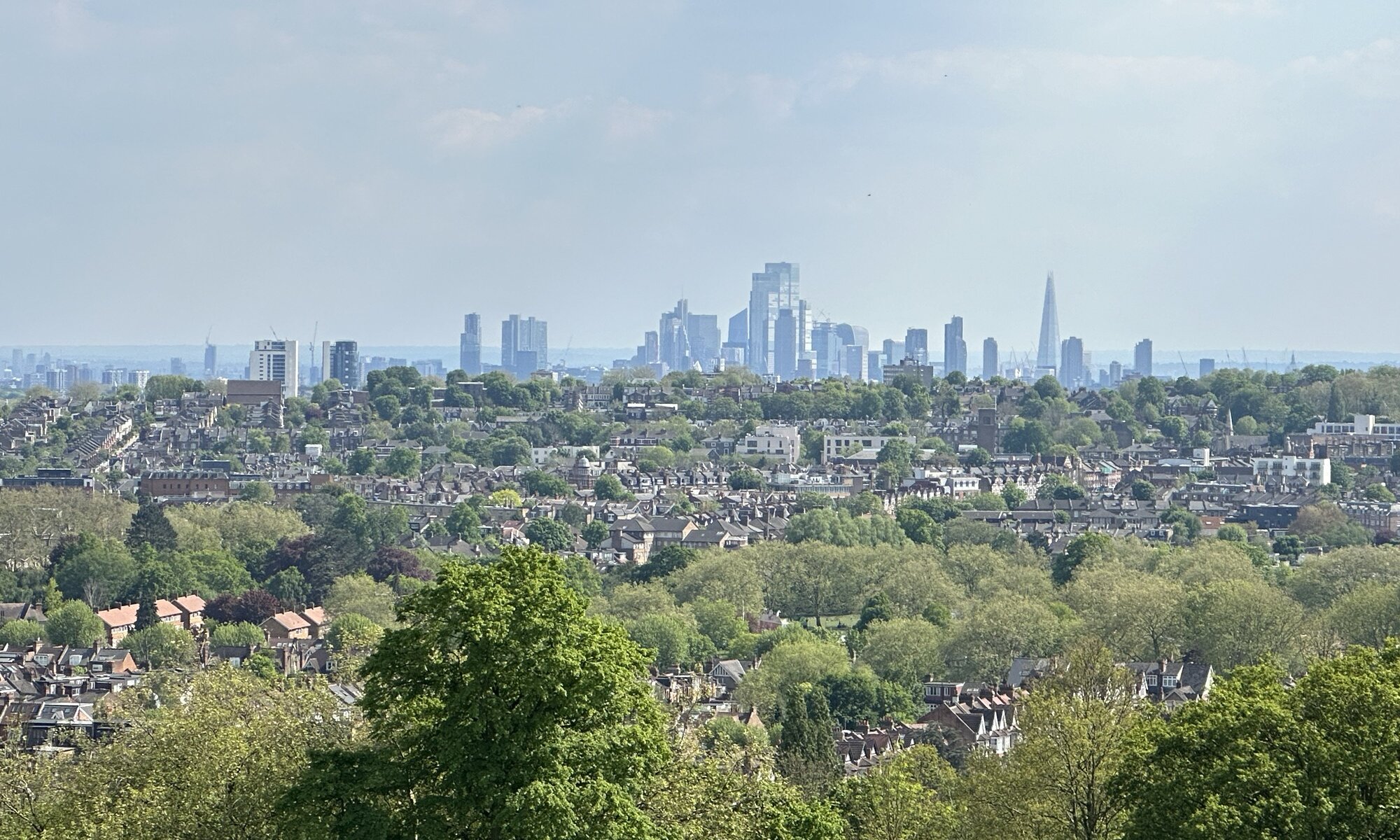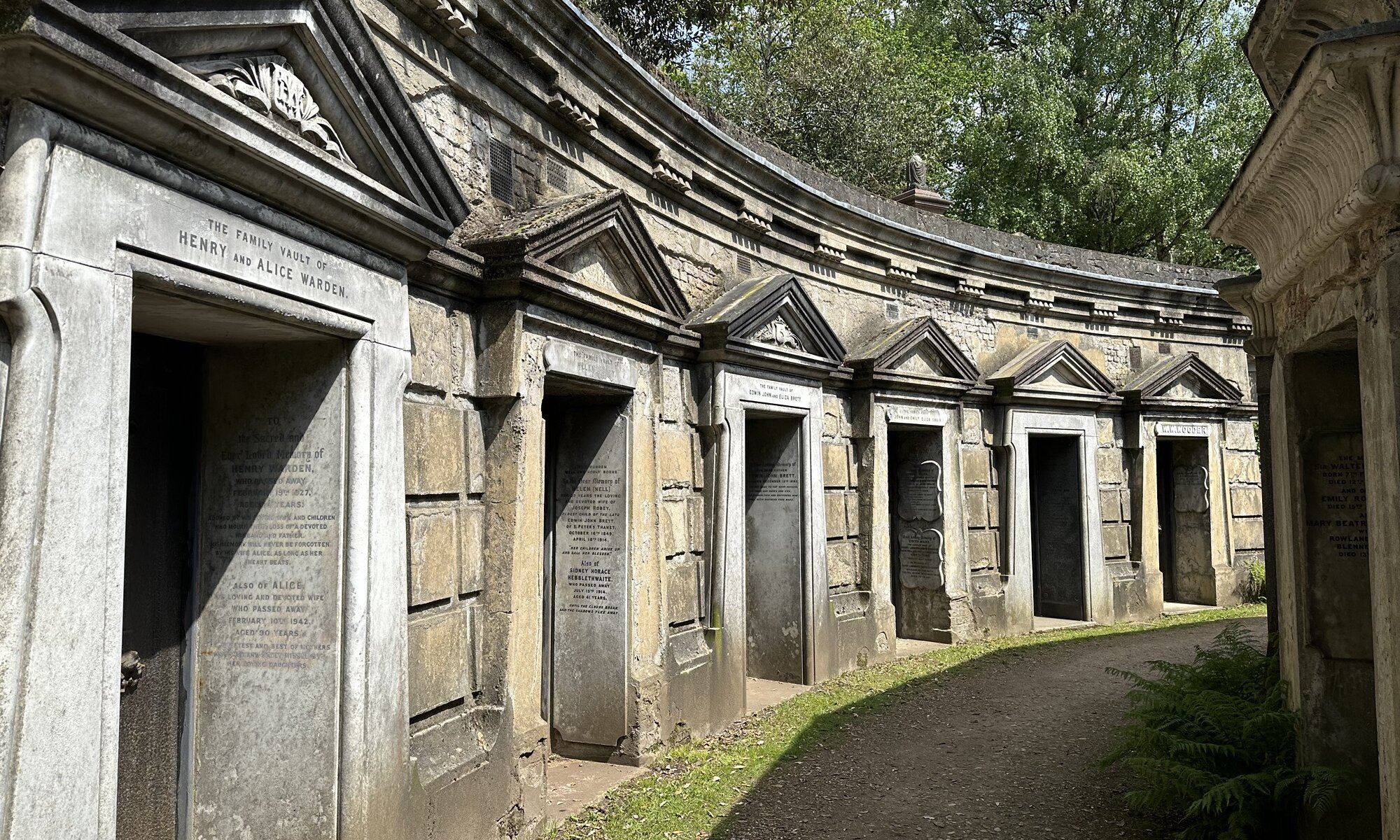One of the pleasures I had on my list for very long time is visiting Shakespeare’s Globe Theatre at the riverside of the Thames between Southwark Bridge and Millenium Bridge. The current building was opened in 1997 and it is a replica of the original Globe Theatre built in 1599 (burned down in 1613 and finally removed after reconstruction in 1644). Even though it had to be modernized for security reasons the Globe still gives you the original feeling of a playhouse of Elizabethan times.
Continue reading “Much Ado About Nothing”St. James’s Park
A place that locals use to hang out and have a picnic is the centrally located St. James’s Park. You can find the 23 hectares large green area at Westminster, bet ween Buckingham Palace, Trafalgar Square and 10 Downing Street. It includes a round course around the long stretched lake, but also a coffee bar and a kiosk. The area was formerly used for hunting in the 1530s and is named after St. James the Minor.
Continue reading “St. James’s Park”National Gallery
Throning above Trafalgar Square and Nelson’s Column you can find the National Gallery, a palace of art. Entrance is free of charge, on Friday evening the opening hours are especially long and you can loose yourself in the many rooms of this vast art museum. The exhibition contains more than 2,300 works from the 13th to the 19th century and was opened in 1824 which sounds early, but is rather later: while at Firenze, München and Paris large art collections were made available to the public the British royals kept their treasury for themselves for a longer time. These days the National Gallery of London could finally celebrate its 200th anniversary.
Continue reading “National Gallery”Windsor castle
If something around the royal family happens and it is not at Buckingham Palace or Westminster Abbey, then it is probably at Windsor castle – the historic palace outside of London. It is the largest still inhabited castle in the world and the first building on this site was erected back in the year 1078 CE by William the Conqueror. Most kings and queens have shaped the castle according to their needs. Most important parts are the round tower at the center surrounded by a garden, the St. George’s Chapel and the state rooms including the gorgeous St. George’s Hall as well as the doll house of queen Mary.
Continue reading “Windsor castle”God’s Own Junkyard
It is a place you can only love: a warehouse at the end of the world full of illuminated, crazy neon lights. A strange collection of colorful lights from former bars, night clubs, discos and casinos and in-between all that a lot of cozy seats of a bar serving plain food and drinks. Meanwhile it is surrounded by other pop-up bars and food trucks that turn this industrial zone in a London suburb into a nice party area.
Continue reading “God’s Own Junkyard”Portraits
The portrait section of art museums is typically one I walk through rather fast. Normally you’ll see there the classic oil paintings of people you don’t know; it is still art but less interesting to me. The National Portrait Gallery at London is very different as it combines portraits in various forms of paintings with photographs of different ages, busts and statues. Already close to the entrance you can meet Ed Sheeran, king Charles III and Nelson Mandela. You won’t only see portraits, but also different technologies to create them – and that is one reason why the National Portrait Gallery (NPG) is special.
Continue reading “Portraits”St. Dunstan
Don’t be disappointed once you reach St. Dunstan-in-the-East between Monument and the Tower of London. It is often listed as a secret hint for travelers but it is more or less a small park you can sit down at, observe some squirrels and read a book while being in the city center of London. What makes it special is that the Gothic-style church from the 13th century was destroyed by a German attack in World War II; only the tower designed by Sir Christopher Wren is still fully intact. Therefore there is now a park within the walls of a former church without a roof.
Continue reading “St. Dunstan”Ally Pally
If you want to have a great view on the skyline of London there are different places to consider like Parliament Hill at Hampstead Heath or Muswell hill, but the best place I discovered by incident: the terrace of the Alexandra Palace located inside Alexandra Park. It is an event location known for darts and snooker tournaments, but Ally Pally is also the best option for Londoners to ride their sledges in the rare events of snow in the city.
Continue reading “Ally Pally”Highgate Cemetery
One of Londons highlights outside the city center is the historic Highgate Cemetery. Located in the north in todays city quarter Camden it was opened in 1839, became the graveyard for many persons living in exile and it had to close around the year 1960. Fifteen years later a friend’s association acquired the land and therefore it can these days be visited again and also burials are again happening in this place. That feels a bit odd in the beginning, but seems to work well.
Continue reading “Highgate Cemetery”Japanese curry
When I went to Japan 15 years ago my favorite Japanese food was initially sushi, but I learned that there is something better: Japanese curry (Karē). It was introduced into Japanese culture only in the late 1860s when Japan had to give up its self-chosen isolation and came into contact with the British Empire. Karē was by that time a military dish, today it is a beloved everyday meal ubiquitously available. While travelling through the country I often stopped by at a chain restaurant called CoCo Ichibanya serving delicious Katsu karē.
Continue reading “Japanese curry”
